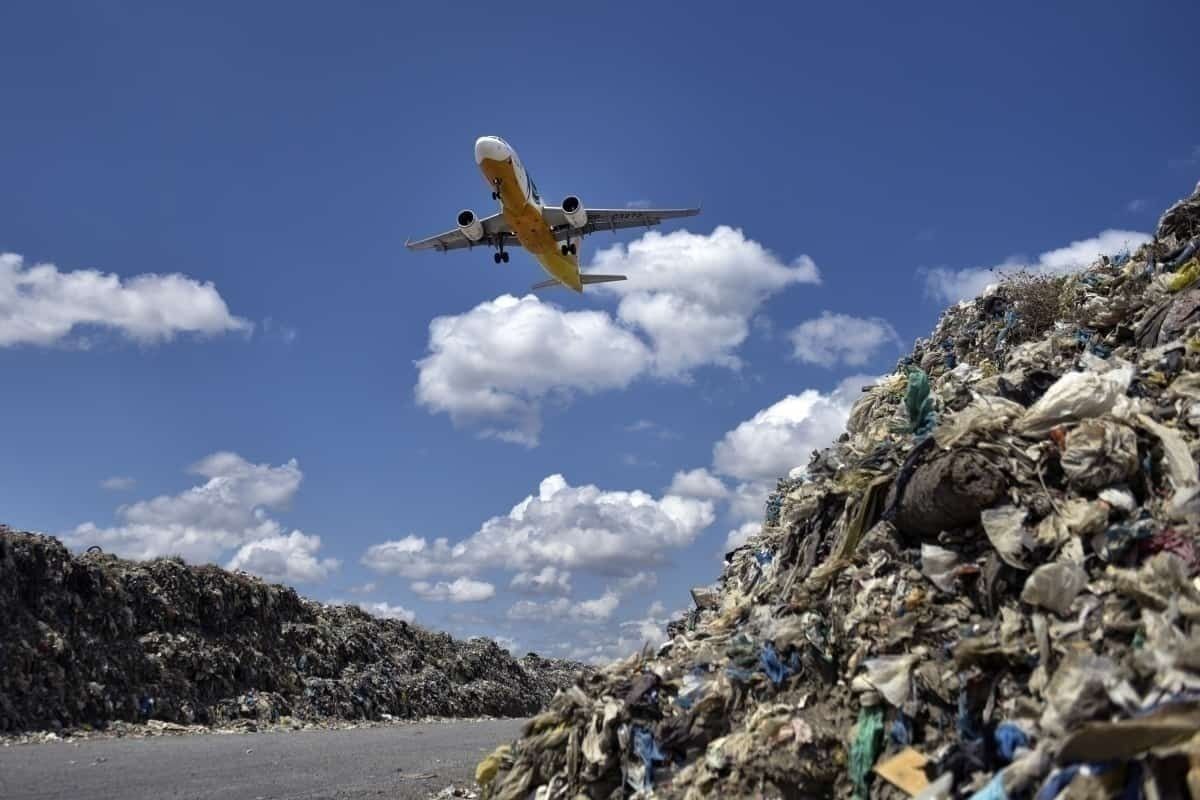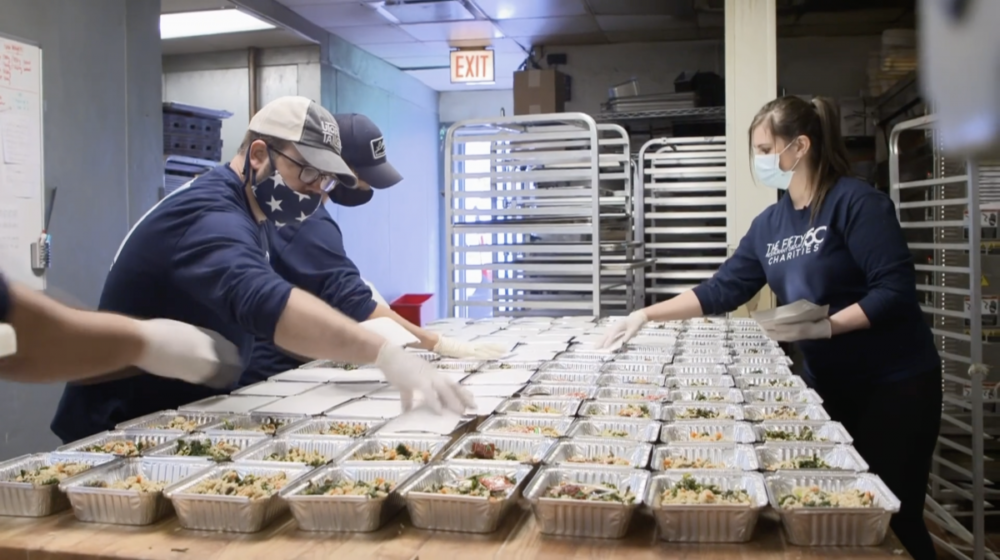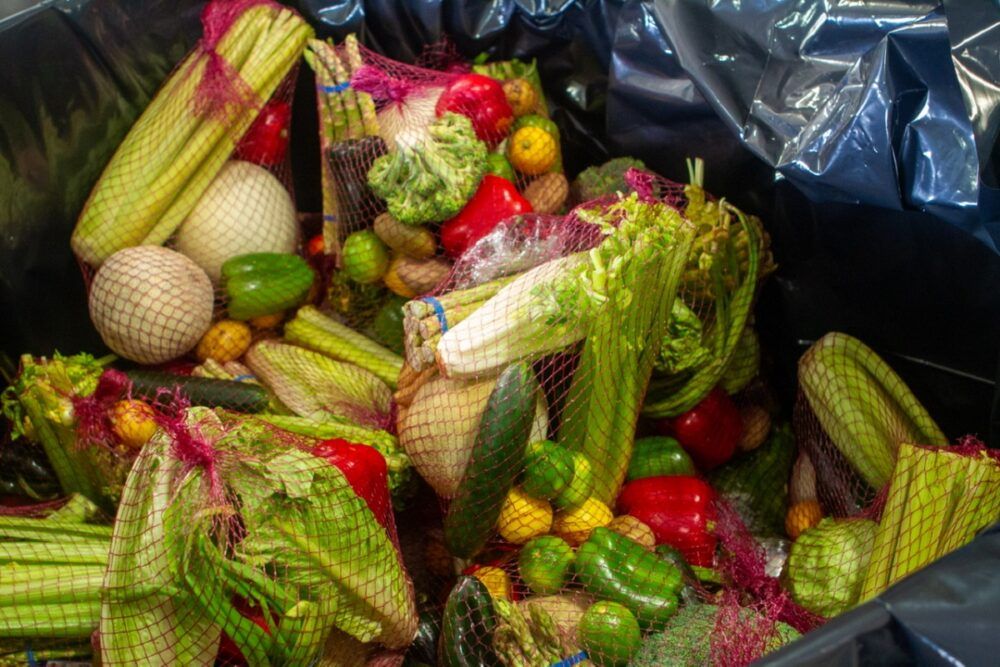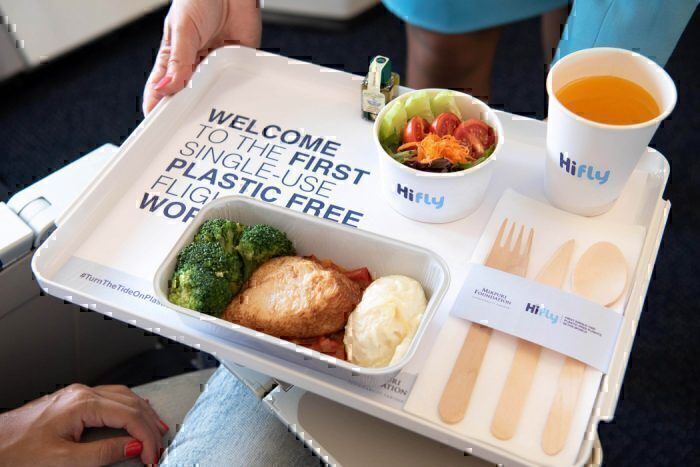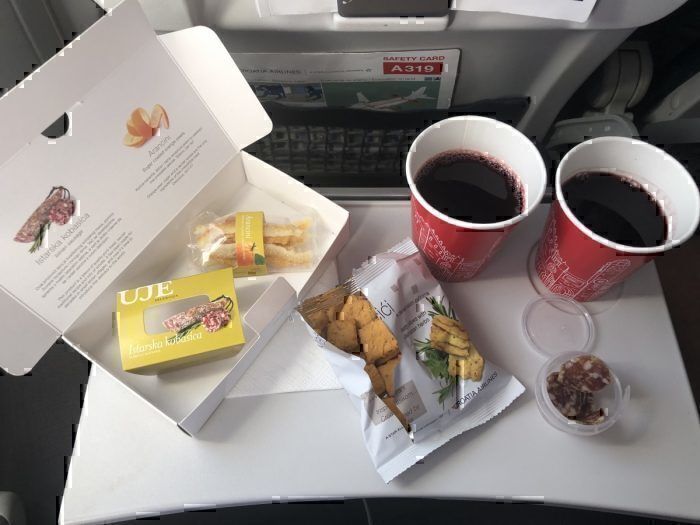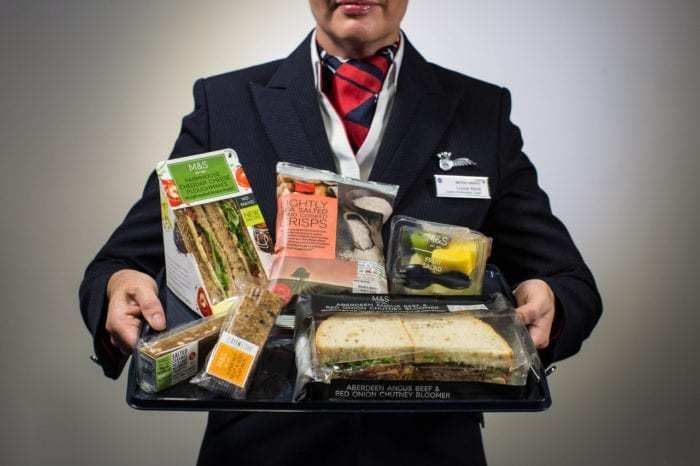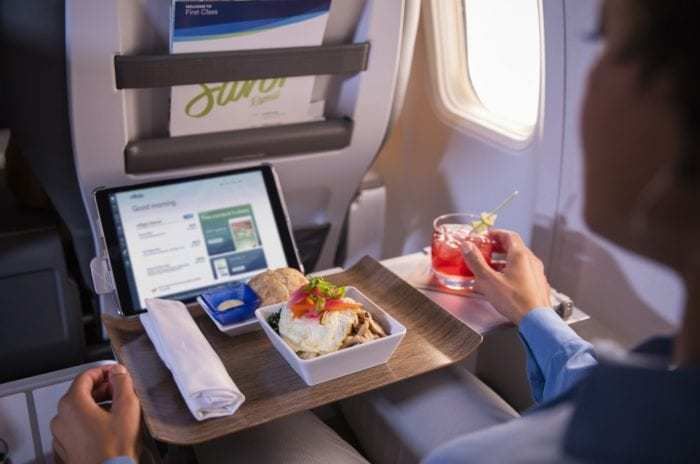Airlines are continually endeavoring to reduce their environmental footprint. One key area for this is a reduction in the amount of cabin waste getting sent to landfills or incinerated on arrival. However, draconian regulations that haven't been reviewed for years are making all these efforts rather pointless. Here's why.
Why edible meal trays aren't the savior we'd like to think
The idea of an edible meal tray sent ripples through the airline passenger world last year. While it's unlikely anyone would actually want to munch on the tray, the premise is that these products can then be composted rather than ending up in landfill or the incinerator.
However, the reality is perhaps not as clear cut as we might like to think. In conversation with Dr. Joe Leader, CEO of the Airline Passenger Experience Association (APEX), he shone a light on the problem with this idea. He told me,
"I believe edible meal trays will hit a sweet spot, making people feel better, but it has to be composted afterward. Otherwise, it will actually be doing damage to the environment."
But why wouldn't these food-based meal trays be composted on arrival? Joe explained that there is a hidden side to airline waste, of which many passengers are acutely unaware. Right now, on every international flight, every single piece of cabin waste has to be sent to landfill or incinerated.
While the damage caused by incineration is clear to see, surely sending these items to landfill wouldn't be so bad. After all, they are organic, so surely, they would just decompose? But it's not as clear cut as all this, as Joe explained,
"One of my favorite in-flight movies that I saw was Wasted, which showed that a head of lettuce takes 25 years to decompose on a landfill and produces a tremendous, tremendous amount of methane in the process, because it is decomposing in an oxygen-depleted environment. So, when we have something like an edible meal tray, it needs to be used on flights where they will genuinely be composted when they arrive at their destination."
Decomposition in an anaerobic environment is not a preferable way of getting rid of food waste. The carbon content in the food is unable to be converted into CO2 due to the lack of oxygen. It is therefore converted into methane, another greenhouse gas which is roughly 30 times more potent than CO2. Composting, which is an aerobic form of decomposition, is far kinder to the environment and faster too.
Stay informed: Sign up for our daily aviation news digest.
Why do we have to bury or burn everything?
According to IATA, all cabin waste is subject to national waste management controls in order to limit pollution. However, many countries have taken these regulations further, and require all catering waste to be incinerated on arrival. The reason for this is purported to be to protect agriculture and animal health, as poor food hygiene standards can contribute to the spread of diseases like foot and mouth.
Airlines are keen to stop this practice, with Dutch flag carrier KLM targeting a 50% reaction in residual waste by 2025. However, it admits that this is going to be a 'slow' process due to EU regulations stating all non-recyclable waste must be sent to landfill or incinerated.
IATA estimates that 5.7 million tonnes of cabin waste is generated each year. By 2030, IATA predicts this will balloon to more than 10 million tonnes. Every passenger on a flight generates, on average, 1.43 kilos of waste, 23% of which is untouched food and drink. 17% is estimated to be fully recyclable items such as drinks cups. Because milk is considered a 'risk' product, airlines are not allowed to recycle cups at their destination.
This is clearly a huge amount of waste, and a shameful practice in these environmentally conscious times. Joe agrees, saying,
"It's a tremendous amount of waste and is all because of food laws which were passed long ago and far away. Edible meal trays are helpful, but the caveat there is, as long as they're composted at the end. That's the big asterisk I would put next to it."
And it's not just edible meal trays that are failing to tackle the problem. Plenty of airlines have swapped plastic for cardboard and wood or undertaken other activities to reduce single-use plastics on board. But if we're just incinerating or adding these products to landfill at the destination, doesn't it make all these efforts rather pointless?
What's the solution?
While these new products and efforts by airlines to remove single use plastics are all good, no real progress will be made until regulations are changed. Aviation food is subjected to some of the strictest standards of any industry, using quality control standards originally designed for NASA astronauts.
Taking the paper cup as an example, IATA's study into waste found that,
All milk and milk products served in-flight are subject to heat-treatment, and hence there appears to be no scientific justification for classifying milk and milk product components in catering waste as high risk.
It also found that, in all the years we've been flying, there has never been an incidence of an animal disease outbreak, even before this 'bury or burn' legislation came about. Clearly, these regulations are somewhat outdated, and overdue for a review, so why aren't they already being changed.
IATA's Chris Goater spoke to ABC about the issue, and explained just how hard it is to change things. He said,
"For flights landing in Australia, New Zealand, Europe and the United States, waste is often incinerated because of the risk of transmission of animal diseases. As much as we'd like to reuse or recycle, regulations don't allow for that.
"We need to change international catering regulations."
IATA is already undertaking trials to demonstrate where regulations could be relaxed, but it's a slow and arduous process. Dr. Leader believes that nothing will change,
"…until we come to a realization that if we are sending food between the U.S and EU, it's probably safe, and this is not the food we should be burning."
Changing these regulations makes sense for the airlines as well as the environment. Cabin waste is estimated to cost the industry around $500m a year. But unless governments begin to feel the pressure from both the industry and the consumer, these regulations are unlikely to change any time soon.
Would you support a relaxing of the 'bury or burn' regulations applied to cabin waste? Let us know in the comments.

